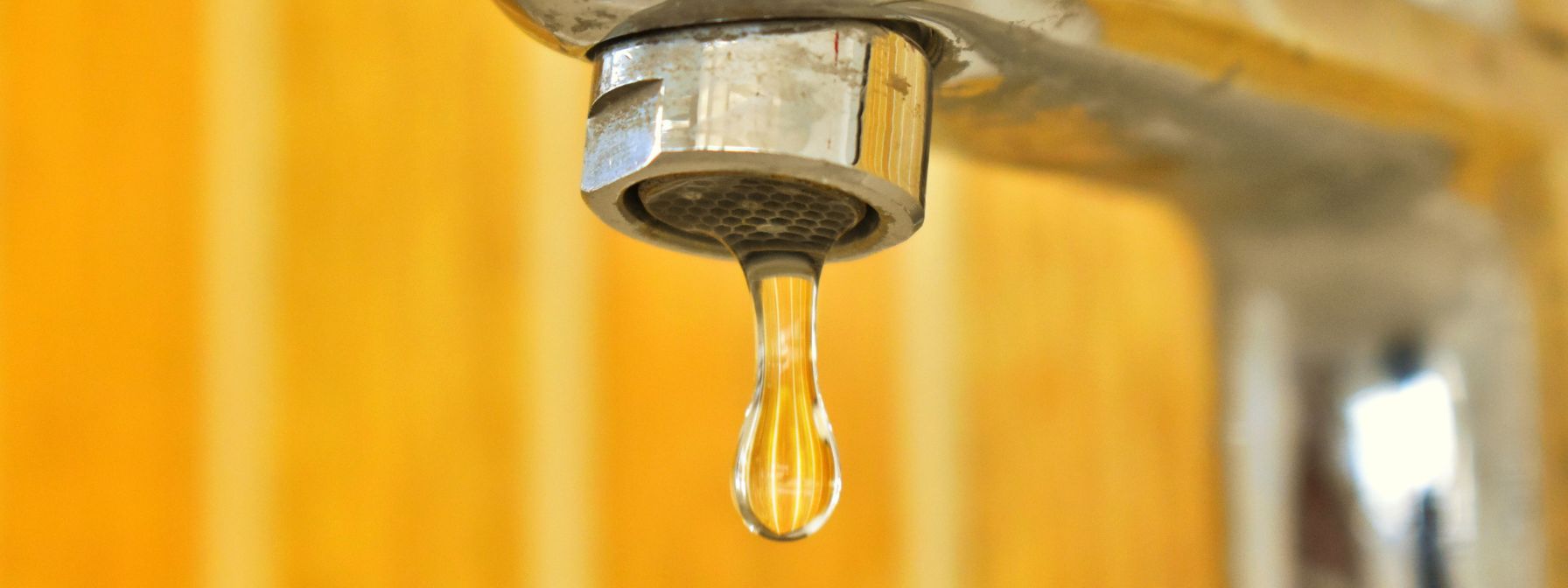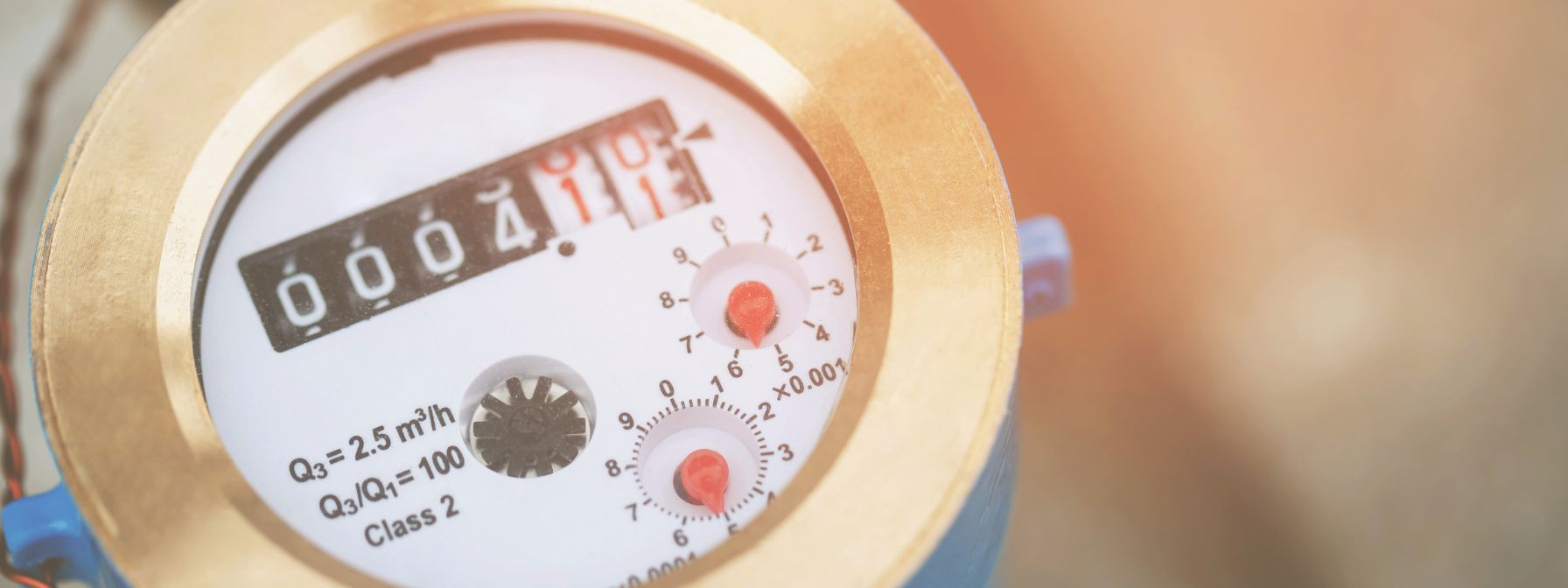
Actionable Tips to Manage Your Surging Water Expenses
Understanding Your Skyrocketing Water Bill: Common Causes and Effective Solutions to Lower Costs
Is your water bill growing larger each month? You’re not alone. Many homeowners face sudden increases in their water costs without knowing the reasons behind them. In this guide, you will learn about common causes of high water bills, such as leaks and changes in local rates, as well as practical solutions to help reduce your expenses. By understanding these factors, you can take steps to lower your water bill and regain control over your household budget.
Identifying the Causes of a High Water Bill

Start by examining common signs of a water leak, such as a running toilet or a faulty flapper. Understanding your water usage patterns can reveal unusual spikes that may indicate issues. Additionally, seasonal factors can affect your consumption, while changes in your household may lead to increased demands. Lastly, aging infrastructure could contribute to rising costs, so being aware of these elements is key to managing a high water bill.
Common Signs of a Water Leak to Check
Check your appliances for signs of leaks, such as a dishwasher that constantly runs or a washing machine that leaves water spots on the floor. These issues not only waste water but may also cause water damage. If leaks persist unnoticed, especially in hidden or enclosed spaces, they can promote mold growth, which poses health risks. Additionally, inspect areas around pipes or fixtures for signs of dripping, as even small leaks can significantly increase your water supply costs over time.
Understanding Water Usage Patterns
Understanding your water usage patterns is vital for managing costs effectively. Regular inspection of your household water use can reveal trends, such as increased consumption during seasonal changes or after home renovations, which can lead to higher bills. By practicing water conservation strategies and monitoring drainage systems around your property, you can identify areas where you might be wasting water, such as inefficient tanks or excessive irrigation of soil, ultimately helping to reduce your expenses.
Seasonal Factors Affecting Water Consumption
Seasonal factors can significantly influence your water consumption and contribute to high water bills. During the warmer months, increased irrigation for lawns and gardens often leads to a noticeable spike in water usage. If you are using a water softener, ensure it is functioning correctly, as it can cycle excessively and waste water if not maintained. Separately, check for a faulty water meter, which can cause inaccurate billing even without increased usage. Being aware of these patterns can help you implement conservation measures and manage expenses effectively throughout the year.
The Impact of Household Changes on Your Bill
Changes in your household can significantly affect your water bill, especially if you’ve recently remodeled or installed new fixtures. For example, adding a new shower or upgrading the water heater can increase water use if efficiency isn’t prioritized. Lawn care adjustments, such as increased irrigation after landscaping projects, may also boost consumption. In some cases, older copper pipes may corrode due to water chemistry, leading to small, undetected leaks that slowly raise your water usage and costs over time.
Aging Infrastructure and Its Effects on Costs
Aging pipes are more susceptible to leaks, potentially increasing water bills. In some cases, undetected leaks in concealed areas can create conditions conducive to mold growth, especially if combined with poor ventilation. If you have a fire sprinkler system in place, it’s essential to regularly inspect it for any signs of leaks to prevent higher expenses and maintain the integrity of your property.
Analyzing Your Water Meter for Accuracy

To ensure accuracy in your billing, it's essential to perform a water meter test, which can help you identify issues with your meter. If you notice discrepancies in your water bill, consider checking for leaks or changes in usage patterns first. While rare, malfunctioning water meters can also contribute to inaccurate readings. Understanding your water meter reading, along with factors like water softening and pressure levels in systems such as fire sprinklers, will provide insights into your water usage in gallons and help you manage costs effectively.
How to Perform a Water Meter Test
To perform a water meter test, start by ensuring that all water usage in your household is paused, meaning no taps, toilets, or irrigation systems should be running. Once everything is shut off, check your meter reading and then wait for about an hour. After the hour, check the meter again; if the reading has changed despite no water being used, this indicates a leak or malfunction in your system that may be affecting your tap water costs, including issues related to the valve or other connections contributing to unnecessary expenses.
Signs of a Faulty Water Meter
When your water bill unexpectedly increases, one potential culprit could be a faulty water meter. Look for signs such as inconsistent readings or a meter that continues to move despite no water being used, especially in areas like the bathroom where continuous flow may not be apparent. Inspecting these indications early can help you address potential leaks or meter inaccuracies promptly, ultimately aiding in reducing your overall water costs.
Understanding Your Water Meter Reading
Understanding your water meter reading is essential for managing your water bill effectively. Start by noting the numbers displayed on your meter, which represent the amount of water used in gallons. By tracking these readings regularly, you can spot unusual increases that may indicate leaks or other issues. If you notice discrepancies between your meter readings and your water bill, it may be time to investigate further to avoid unnecessary costs.
Practical Solutions to Lower Your Water Bill
Addressing your high water bill involves both immediate fixes and long-term strategies. Affordable solutions for leaks and drips can significantly reduce waste, while investing in water-saving appliances and fixtures enhances efficiency over time. Implementing simple conservation practices in your home allows you to maintain lower consumption, making your expenses more manageable.
Affordable Fixes for Leaks and Drips
Identifying and fixing leaks and drips in your home can lead to significant savings on your water bill. Start by inspecting faucets, showerheads, and toilet flappers, as even minor leaks can waste gallons of water daily. Simple repairs, such as replacing a worn washer or tightening fittings, can be done with minimal tools and investment, immediately reducing unnecessary water usage and costs.
Water-Saving Appliances and Fixtures Worth the Investment
Investing in water-saving appliances and fixtures can lead to significant reductions in your water bill over time. For example, consider installing low-flow showerheads and faucets, which use less water without sacrificing performance. Additionally, replacing old toilets with high-efficiency models can save you gallons per flush, ultimately reflecting in lower monthly costs and promoting responsible water usage.
Implementing Conservation Practices in Your Home
Implementing conservation practices in your home is a straightforward way to reduce water usage and lower your bills. Start by adopting habits such as turning off the tap while brushing your teeth or fixing any leaks promptly, as these small changes can save significant amounts of water over time. By being mindful of your water consumption and using water-efficient fixtures, you can make a real impact on your monthly expenses and contribute to more sustainable living.
Conclusion
Understanding your skyrocketing water bill is essential for managing household expenses effectively. By identifying common causes such as leaks, seasonal usage patterns, and aging infrastructure, you can take proactive steps to lower costs. Implementing practical solutions, like fixing leaks and investing in water-saving fixtures, can lead to significant savings over time. Staying informed and adopting conservation practices not only helps your wallet but also promotes sustainable water use for the community.